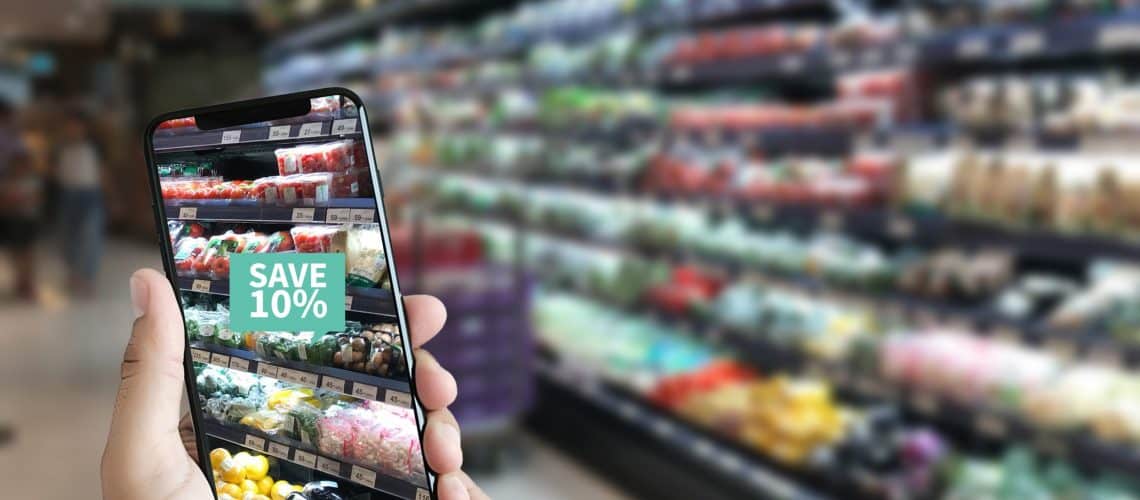Social Commerce—What Is It and How Can Grocers Cash in on This Growing Trend

Social media has been one of the most powerful tools for sharing information and connecting people around the world. In different industries, such as food retail, social media is widely used to promote and share content for marketing and brand awareness.
However, the days of social media being used exclusively for social networking and consuming content are over. Enter social commerce—the use of social media to promote and sell products and services online without the need for customers to go out and visit their local grocery stores. Different from a traditional e-commerce platform, social commerce makes use of social networking platforms, with apps such as Facebook and Instagram, to sell directly to customers without ever having to leave the app. Social commerce, when used correctly and optimized for its extensive benefits, can help grocers leverage social platforms to boost their businesses.
Social commerce is the next big thing. According to an Accenture report, the social commerce industry is expected to grow rapidly—as much as three times that of e-commerce. From a $492 billion industry in 2021, social commerce is poised to blossom into a $1.2 trillion industry by 2025. Driven predominantly by Gen Z and millennial consumers, social commerce will soon dominate the online world with consumers’ constant changes in buying behavior.
Though still picking up steam in the US market, social commerce could potentially become the main sales driver, aside from e-commerce platforms in the food retail space, since consumers spend most of their time on social media.
How can grocers cash in on this growing trend? Grocers can take advantage of social commerce by utilizing social media platforms extensively and making those platforms shoppable for customers. By combining traditional e-commerce platforms with social media, and employing shopping tools such as “add to cart/bag”, “add to wish list” and “swipe up to shop”, grocers are creating a straightforward and easy path for customers to buy. This is in addition to developing insightful content and other social strategies, such as food blogs, live-streaming cooking events, and utilizing influencer marketing. Likewise, linking grocers’ loyalty programs to social commerce platforms will allow grocers to continuously build a network of connections while adding value and ease to their customers’ buying process.
Social commerce will not just make grocers’ social platforms shoppable, it is also a great opportunity for grocers to personalize the shopping experience and create an online community of loyal fan-based customers. Social commerce platforms will allow grocers’ customers to share food recipes and post items they bought online or in-store as well as write recommendations and reviews which will then influence other customers’ buying decisions. So, social commerce or e-commerce? Convergence is the key! If there’s one thing that the acceleration of digital transformation has taught us in the food retail landscape, it is to meet customers where they are and facilitate whichever way they want to buy. Whether they are scrolling through Facebook or Instagram or trudging their carts in grocery aisles, it is important to make their path to purchase as smooth and as engaging as possible regardless of whether their shopping is done online or in-store.